No products in the cart.
BaladevJew Temple is situated in Ichhapur (Tulasi Khetra), Kendrapara, Odisha. Baladevjew Temple is a very famous temple of Odisha and Balarama is its main divinity. However, Jagannath and Subhadra are also worshipped in the Ratna Sinhasan in the main temple. An idol representing tulasi as a goddess in a seated position is also present after the sacred seven steps.
Baladevjew Temple, Orissa
- Temple History
- Architecture
- How To Reach The Temple
- Daily Poojas And Festivals
- Videos
- Additional Information
The present shrine of Siddha Baladeva Jew was constructed during the Maratha rule in Orissa (1761 AD) of Ichhapur (Kendrapara). It was constructed by the king of Kujanga, Raja Gopal Sandha and Zamidar (land lord) of Chhedara killah, Srinivas Narendra Mahapatra. One saint (Santha) Gopi Das and Sairatak Giri convinced the then Maratha Chief Janoji and constructed the Jagamohan, Bhoga Mandapa of the main temple, temple of Gundicha and compound wall.
It is believed that Khan-I-Duran, the subedar of Odisha during the Moghul Emperor Aurangeb demolished the temple in 1661 and built a mosque on the remains of the temple. Devotees of Lord Baladev Jeu, took the deity in disguise in a boat through the river Govari and kept the deity in a secret place near Baranga (Chhedara) Jungle. Afterwards it was shifted to Balarampur village near Luna River at Sakhi Bata. Later it was transferred to the present day Icchapur temple.
Baladevjew Temple is constructed over an area of 2 acres (0.81 ha) of land. There are 2 parts in the total area. In one part, different temples are there and the other part is a beautiful garden. There is a boundary around the temple, 46 feet (14 m) high.
There are four main parts of Baladev Jew Temple are:
1. Bada Deula or Sri Mandir
2. Majhi Mandir or Bhog Mandap
3. Jagamohan or Natya Mandir
4. Bata Mandir or Mukhashala
The main temple is 75 feet (23 m) high and 40 feet (12 m) wide. The main temple has a 7 step construction and heavy baulamalia stone[a]
are used in this construction. There are other small temples inside the premise, where other Gods and Goddesses are worshipped. All the temples have beautiful architecture and are constructed in traditional way.
The other important parts of the temple are Garuda Stambha, Ratna Bhandar, Snana Mandap, Mukti Mandap, Jhulan Gruha, Laxmi Mandira, Anand Bazar, Bhairabi Mandir, NabaGraha Mandir, Kasi Biswonath, Astasambhu Mahadev, Sri Ram mandir, Sidheswar Mahadev, Mukti Mandap, Ganesh mandir, & adhistati Devi Tulasi Temple.
By Road: Kendrapara is just about 75 kilometers from the state capital, Bhubaneswar. To reach Kendrapara one can go via Cuttack-Jagatpur-Salipur state high way or on the National Highway No.5 and 5 A, crossing at Chandikhol towards Paradip. Kendrapara is just one and half hour drive from Bhubaneswar Airport on the National Highway 5 and 5 A.The Nearest Railway station is at Cuttack which is 55 kilometer from Kendrapara town.
By Rail: It is well connected through nearest Bhubaneshwar railway station (91.9 km)
to major cities railway stations like Delhi, Agra, Mumbai, Chennai, Ajmer, Pali, Jaipur, Ahmedabad.
By Air: The nearest Airport is Bhubaneswar Airport (95.2 Km) which is well connected with regular domestic flights to Delhi, Mumbai.
The deities of the temple are humanized Gods. Their rituals start with ‘Mangala Arati’ and end with ‘Sandhya Arati’. These rituals of Baladevjew temple are made in consonance with the rituals performed in the Jagannath temple at Puri. Different modus operandi of human life has emerged within his cult to give it a unique status.
A Car Festival is held in the month of July. The Gajalaxmi puja is celebrated in the month of October and Kartikeiya Puja in November and Maa Kali Puja at Olaver are held each year. Gajalaxmi puja is a big festival here and is celebrated for 7 days. Maa Kali Puja in Olaver is one of the famous festivals in the region. The Oriya sweet dish, Rasabali, originated from Kendrapara. The car of Lord Baladevjew, also called as ‘Bramha Taaladhwaja’ is one of the biggest car of its type in the world. Kendrapara is also known as Tulasi Keshrta (as Tulasi Devi is the wife of Lord Balabhadra) and Gupta Kshetra (Lord Balabhadra wish to stay here secretely). Different types of prasad prepared and used in Baladevjew Temple are Rasabali, Potali Pitha, Magaja Ladoo, Kakaraa, Khaja, Karanji, Chhena Kheeri, etc.
Potali Matha, located at Balia which is around 5 km towards north of Kendrapara town is another place worth seeing. It organizes a 5-day ‘Biswa Santhi Jagayan’ each year in the month of March. People from across India gather there. On the final day of the Jagayan, there is always a big crowd to get the prasad (Jagayan Ahuti).Most of the people here are farmers and some do business and some do fishing in the river and the bay-of-bengal. Many small scale industries are coming up so people are now getting more opportunity there.
One thought on “Baladevjew Temple, Orissa”
Leave a Reply
You must be logged in to post a comment.


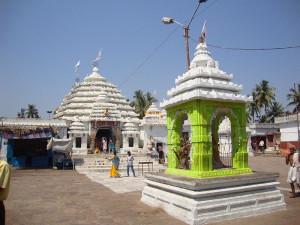
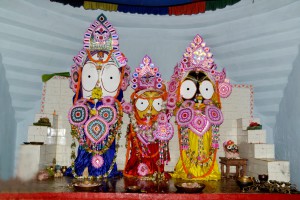
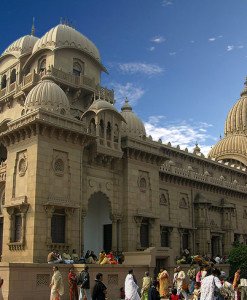
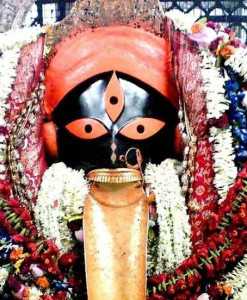
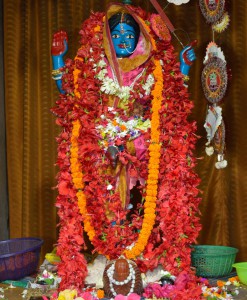
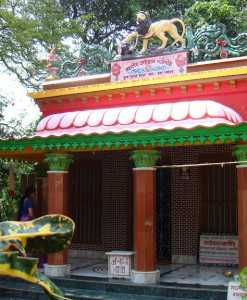
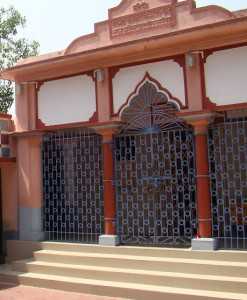
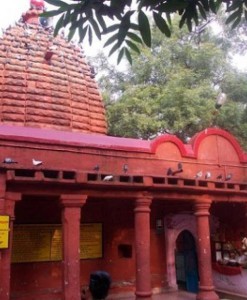
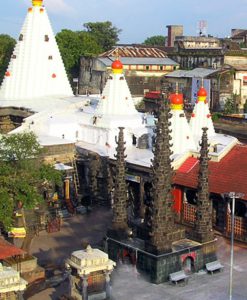
I have a question. Did Krishnananda, a devotee of Sri Nityananda Prabhu stay in this temple in the 16th century when the King of Aul invited him to move from Puri to Kendrapara?